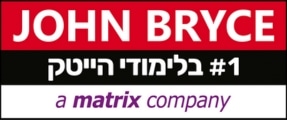The focus of this three-day instructor-led course is on planning and implementing enterprise database infrastructure solutions by using SQL Server 2014 and other Microsoft technologies. It describes how to consolidate SQL Server workloads and how to plan and implement high availability and disaster recovery solutions.
Note: This course is designed for customers who are interested in learning SQL Server 2012 or SQL Server 2014. It covers the new features in SQL Server 2014, but also the important capabilities across the SQL Server data platform.



